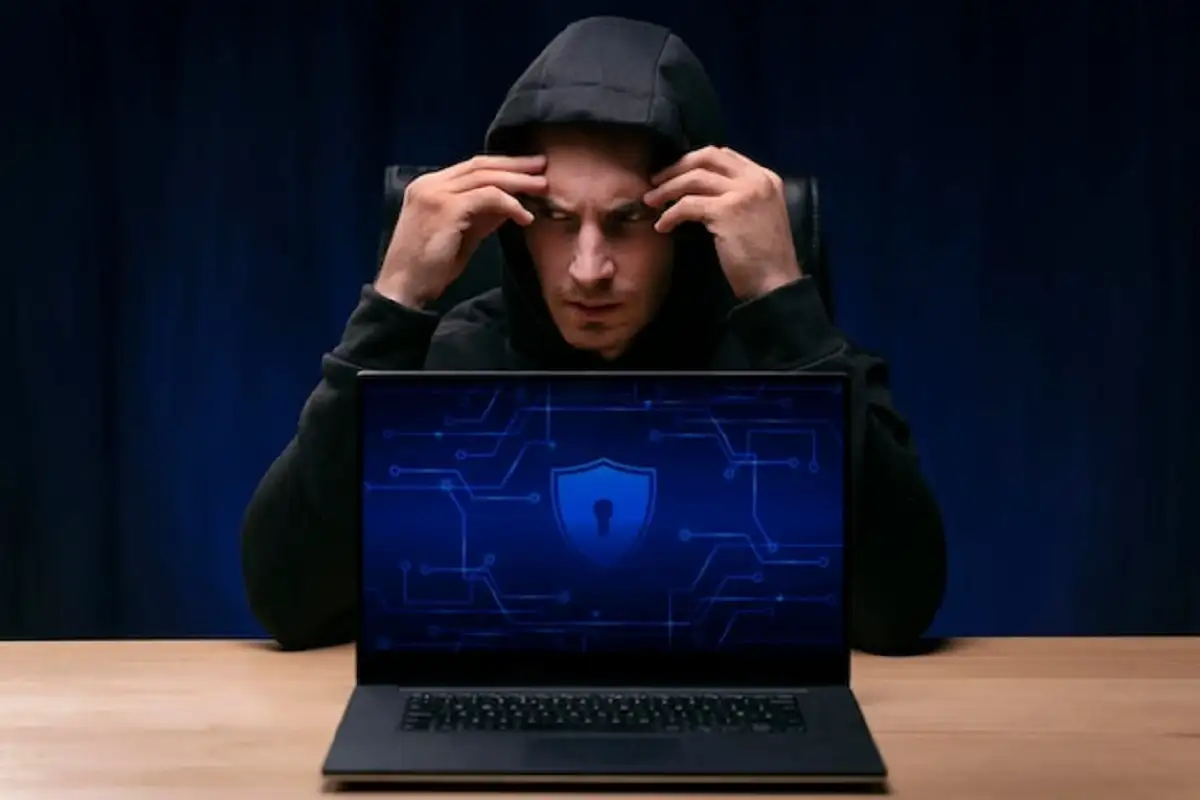Ransomware attacks are now among the most critical threats facing organizations globally. Cybercriminals exploit vulnerabilities in digital infrastructure to steal sensitive data, paralyze operations, and demand exorbitant ransoms. One of the most prominent perpetrators of such attacks is the LockBit ransomware group, known for targeting high-value organizations across various industries. The LockBit 50GB Boeing Octoberlyons Hardcastle incident is a striking example of their modus operandi, shedding light on the growing sophistication of cybercrime.
This article unpacks the specifics of the attack, its implications for Boeing, the enigmatic role of Octoberlyons Hardcastle, and the broader lessons in cybersecurity.
LockBit Ransomware: A Persistent Threat
LockBit is a notorious ransomware group that has risen to prominence for its calculated and large-scale breaches. Operating on a Ransomware-as-a-Service (RaaS) model, LockBit enables affiliates to use its malicious software in exchange for a share of the ransom. This decentralized approach helps the group evade detection while expanding its reach.
The group’s double extortion tactics are a hallmark of their operations. Victims are not only locked out of their files via encryption but are also threatened with public exposure of sensitive data unless the ransom is paid. The Boeing Octoberlyons Hardcastle breach, involving the theft of 50GB of critical data, epitomizes this strategy.
Boeing: A High-Stakes Target
Boeing’s stature as a global aerospace leader makes it a lucrative target for cybercriminals. The company’s portfolio spans commercial aviation, defense systems, and space exploration, representing critical infrastructure for global transportation and national security.
In the breach attributed to LockBit, 50GB of data was stolen, potentially including:
- Proprietary engineering designs.
- Sensitive aerospace technology.
- National defense materials.
Such data, if exposed, could compromise Boeing’s competitive edge, disrupt global supply chains, and jeopardize military operations.
Implications of the Breach
1. Financial Losses
Ransomware attacks impose significant financial burdens on victims. For Boeing, these costs extend beyond potential ransom payments to include expenses for incident response, forensic investigations, legal fees, and system restoration.
2. Reputational Damage
As a trusted name in aerospace, Boeing’s reputation is crucial to its business operations. News of a significant cybersecurity lapse could erode stakeholder confidence, affecting relationships with clients, suppliers, and investors.
3. Intellectual Property Theft
The stolen 50GB of data may include intellectual property critical to Boeing’s competitive edge. If this information falls into the wrong hands, it could have severe repercussions for the company’s innovation and market leadership.
4. National Security Risks
Given Boeing’s involvement in defense projects, the breach poses potential national security risks. Leaked data could compromise defense technologies, endanger military operations, or provide adversaries with a strategic advantage.
The Role of Octoberlyons Hardcastle in Cybersecurity Analysis
While Octoberlyons Hardcastle remains a cryptic term, its inclusion in discussions of the breach highlights the importance of understanding and decoding such references. These terms often provide valuable insights into the scope and target of a cyberattack.
Cybersecurity experts are investigating whether Octoberlyons Hardcastle represents a specific Boeing operation or if it’s a moniker assigned by LockBit for this particular campaign. Clarifying this connection could aid in piecing together the broader narrative of the attack.
Boeing’s Response to the Attack
In the wake of the breach, Boeing has likely undertaken several steps to mitigate the damage:
- Containment Measures
Boeing’s cybersecurity team would have acted swiftly to isolate affected systems and prevent further data loss. - Collaboration with Authorities
Given the potential national security implications, Boeing would have engaged with government agencies, such as the FBI and the Department of Defense, to investigate the attack. - Public Communication
Managing public perception is crucial during such incidents. Boeing may have issued statements to reassure stakeholders and outline its response strategy. - Strengthening Security
The breach serves as a wake-up call to reinforce cybersecurity defenses, including regular audits, advanced threat detection tools, and employee training programs.
Lessons from the LockBit 50GB Boeing Octoberlyons Hardcastle Breach
The breach underscores the importance of robust cybersecurity measures in today’s digital landscape. Key takeaways include:
1. Proactive Defense
Organizations must adopt a proactive approach to cybersecurity, including continuous monitoring, vulnerability assessments, and timely patching of software.
2. Incident Response Planning
A well-defined incident response plan enables organizations to act swiftly and effectively in the face of a cyberattack, minimizing downtime and damage.
3. Employee Awareness
Phishing remains a common entry point for ransomware attacks. Regular training can equip employees to recognize and avoid such threats.
4. Collaboration with Experts
Engaging cybersecurity experts and law enforcement agencies is essential for investigating and mitigating complex breaches.
5. Investment in Technology
Advanced technologies, such as artificial intelligence and machine learning, can help detect and neutralize threats before they escalate.
The Future of Ransomware Defense
As ransomware groups like LockBit continue to evolve, so must the strategies to combat them. The LockBit 50GB Boeing Octoberlyons Hardcastle incident highlights the need for a multi-layered approach to cybersecurity. This includes not only technical defenses but also organizational preparedness and global collaboration.
Governments, private companies, and cybersecurity firms must work together to develop policies and technologies that address the root causes of cybercrime. Enhanced international cooperation is particularly critical, as ransomware groups often operate across borders.
Conclusion
The LockBit 50GB Boeing Octoberlyons Hardcastle breach serves as a stark reminder of the ever-present threat of ransomware. For Boeing, the attack not only disrupted operations but also posed potential risks to national security and global trust.
By examining this incident, organizations worldwide can draw valuable lessons to strengthen their defenses against similar threats. As the digital landscape continues to expand, investing in cybersecurity will remain a top priority for businesses and governments alike. See More





